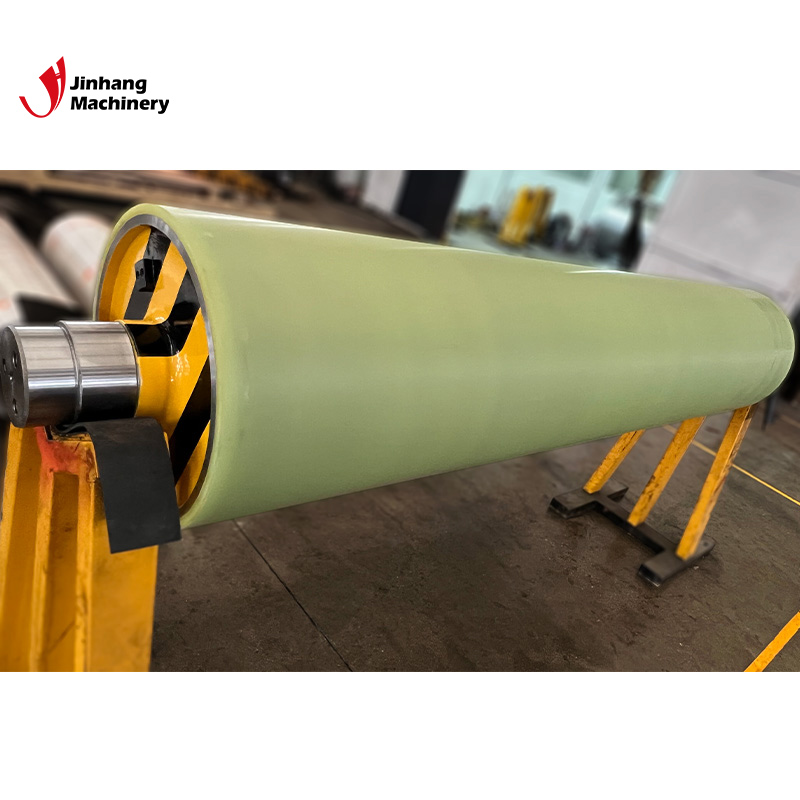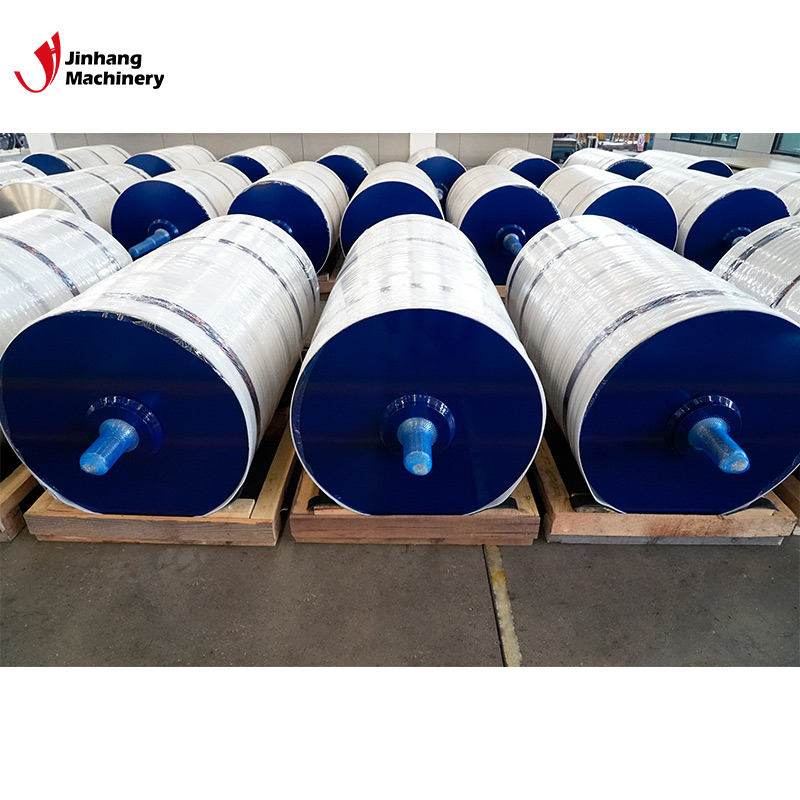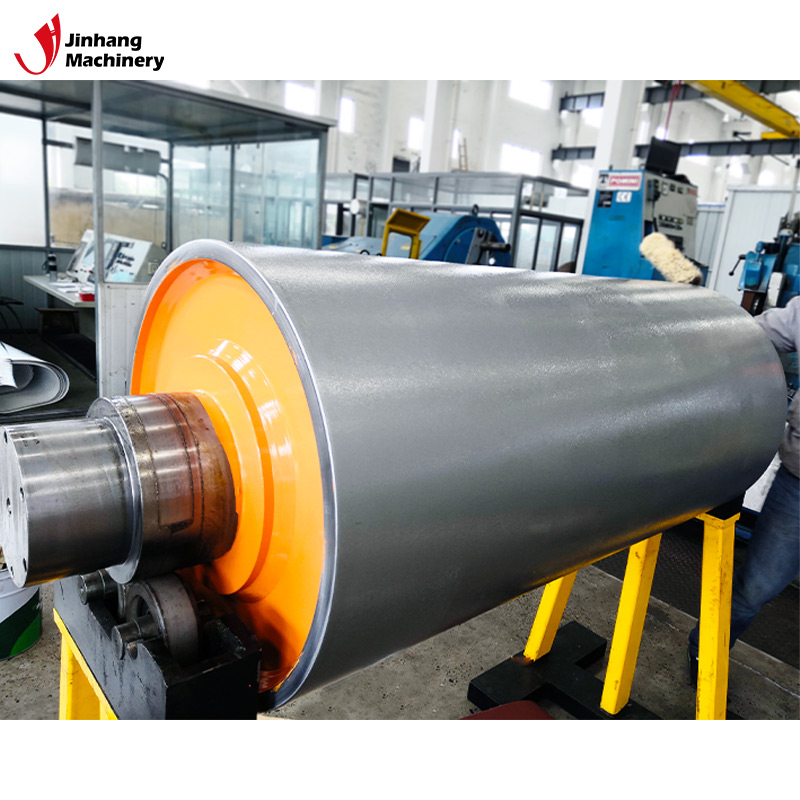Why does the electronics industry need to use rubber rollers?
In the modern electronics manufacturing industry, rubber rollers, as an important industrial component, play a key role. The superior performance of rubber rollers makes them indispensable in the production process of electronic products and runs through multiple key links.
This article will discuss in detail why the electronics industry needs to use rubber rollers and in which links of electronic manufacturing it is needed.

Basic characteristics of rubber rollers
Rubber rollers have the following characteristics, which make them widely used in the electronics industry:
1. Elasticity: Rubber materials have high elasticity and can quickly return to their original state after being subjected to pressure, which is suitable for production links that require flexible processing.
2. Wear resistance: Rubber rollers have strong wear resistance and can maintain a stable working state in high-frequency operations.
3. Corrosion resistance: Rubber materials have good corrosion resistance and can resist the erosion of various chemicals. They are suitable for contact with a variety of chemicals in the electronics manufacturing process.
4. Adhesion performance: Rubber rollers have good adhesion performance and can stably grasp and convey various materials to ensure the continuity and stability of the production process.

Which links in the electronics industry need to use rubber rollers?
The links in the electronics industry that need to use rubber rollers include: circuit board manufacturing, electronic component mounting, display manufacturing, battery manufacturing, and semiconductor manufacturing.
1. Circuit board manufacturing link:
The circuit board (PCB) is one of the core components of electronic products. In the manufacturing process of circuit boards, rubber rollers play an important role:
● Coating roller: In the manufacturing process of circuit boards, rubber rollers are used to evenly coat photosensitive materials or resists on the surface of the substrate. The uniform coating ability of the rubber roller can ensure the uniform thickness of the coating and avoid circuit board defects caused by uneven coating.
● Pressing roller: In the manufacturing process of multi-layer circuit boards, rubber rollers are used to press the layers of board together. Its elasticity and wear resistance enable it to work under high pressure environments, ensuring that the layers of board are tightly combined and ensuring the reliability of the circuit board.
2. Electronic component mounting link:
In the process of electronic component mounting, rubber rollers are also widely used:
● SMD rollers: used to accurately mount electronic components on circuit boards. The elasticity and adhesion of rubber rollers can ensure the stability and placement accuracy of components and prevent them from shifting or falling off.
● Conveyor rollers: In automated placement production lines, rubber rollers are used to convey circuit boards to ensure the continuity and efficiency of the production process. Its wear resistance and corrosion resistance can maintain good performance in high-frequency operations.

3. Display manufacturing process:
In the display manufacturing process, the application of rubber rollers is also indispensable:
● Coating rollers: used to evenly apply conductive coatings or protective coatings on the surface of the display. The uniform coating ability and corrosion resistance of rubber rollers can ensure the quality and durability of the coating.
● Cleaning rollers: In the display manufacturing process, rubber rollers are used to clean impurities and dust on the surface of the substrate to ensure the clarity and quality of the display.
4. Battery manufacturing process:
Batteries are one of the key components of electronic products, and rubber rollers play an important role in the battery manufacturing process:
● Coating rollers: used to evenly apply active materials on battery electrodes. The uniform coating ability of the rubber roller can ensure the uniform distribution of active materials and improve the performance and life of the battery.
● Pressing roller: During the pressing process of the battery pole piece, the rubber roller is used to press the pole piece tightly together to ensure the stability and safety of the battery.
5. Semiconductor manufacturing link:
Semiconductors are the core components of electronic products, and rubber rollers are also widely used in the semiconductor manufacturing process:
● Photolithography roller: During the photolithography process of semiconductor manufacturing, the rubber roller is used to evenly coat the photoresist on the surface of the silicon wafer. Its uniform coating ability and corrosion resistance can ensure the quality and uniformity of the photoresist.
● Cleaning roller: Used to clean impurities and residues on the surface of the silicon wafer to ensure the cleanliness and quality of semiconductor devices.

What are the advantages of rubber rollers in electronic manufacturing?
The wide application of rubber rollers in the electronics industry is mainly due to its following significant advantages:
1. High efficiency: Rubber rollers can work for a long time in high-frequency and high-voltage environments, improve production efficiency, and shorten production cycles.
2. Durability: Rubber rollers have good wear resistance and corrosion resistance, and can maintain good performance for a long time in harsh working environments, reduce the frequency of maintenance and replacement, and reduce production costs.
3. Versatility: Rubber rollers are suitable for multiple links in the electronic manufacturing process, from circuit board manufacturing, electronic component mounting to display manufacturing, battery manufacturing and semiconductor manufacturing, and can meet various production needs.
4. High quality: Rubber rollers can effectively improve the quality of electronic products, ensure the stability, reliability and precision of products, and enhance the market competitiveness of products.
